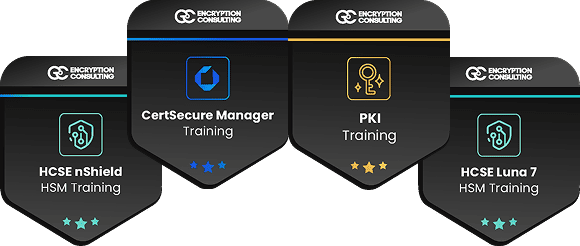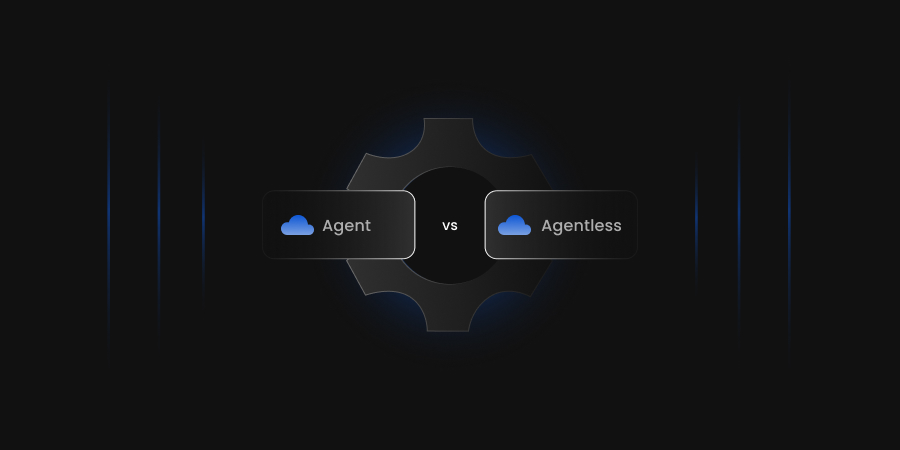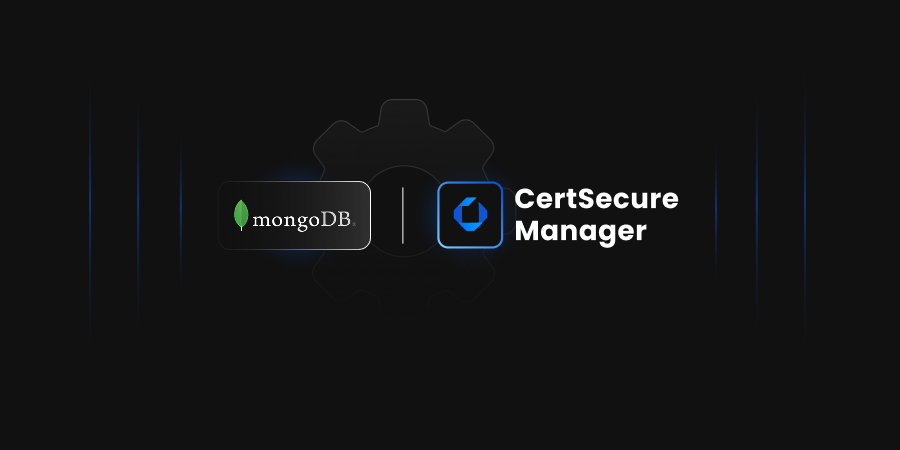Trusted By
Solutions
We Offer
CertSecure Manager
Certificate Lifecycle Management
A comprehensive, vendor-neutral solution for managing the entire certificate lifecycle.
Know MoreCodeSign Secure
Code Signing Solution
A flexible, secure code-signing solution ensuring safe, seamless software integrity.
Know MorePKI-as-a-Service
Scalable PKI Without Complexities
A customizable, high-assurance PKI solution for scalable, secure digital environments.
Know MoreHSM-as-a-Service
High Assurance HSM Solution
Efficient, scalable HSM architecture for both on-premises and cloud environments.
Know MoreSSH Secure
SSH Secure SSH Key Lifecycle Management
A policy-driven SSH key management solution to automate the entire key lifecycle.
Know More
PKI and HSM Training
Gain in-depth knowledge and hands-on skills with flexible, expert-led virtual training courses tailored to your requirements.
Discover Our
Latest Resources
- Reports
- White Papers
- Podcast
Global Encryption Trends 2025 Report
Explore the insights and trusted expertise of over 5,233 experts
Spanning multiple geographies and industry sectors across the globe for the latest insights.
Read more
Certificate Lifecycle Maturity Model
Discover the structured framework to enhance certificate management
Enhance automation, improve resilience, and achieve crypto agility with our white paper.
Read more
Discover Our Bi-Weekly Podcast: The Encryption Edge
Explore the real-world applications of cryptography, tools, and trends shaping the industry.
Bridging the gap between technical depth and practical application to decode the complexities of modern cryptography.
Listen Now



